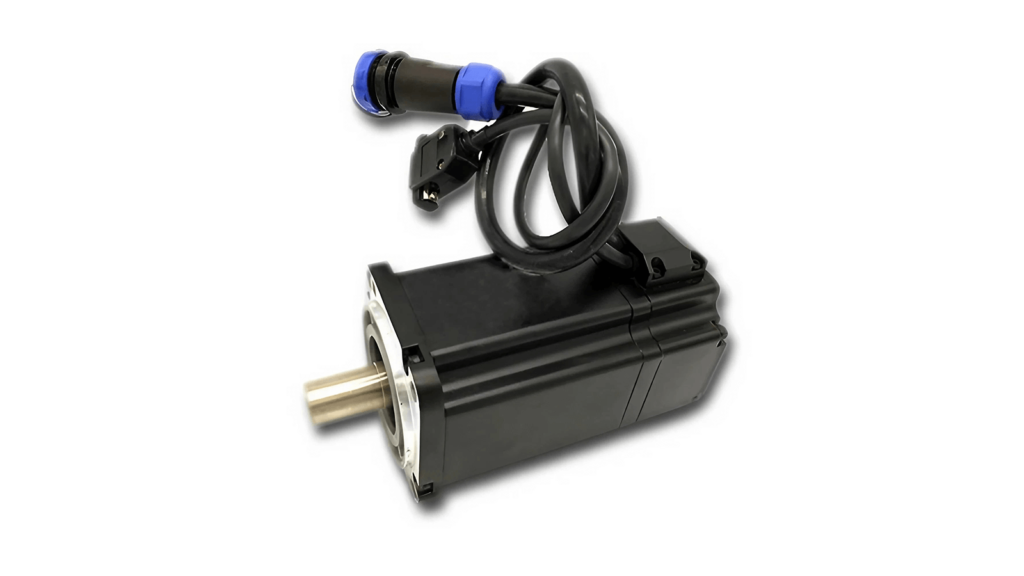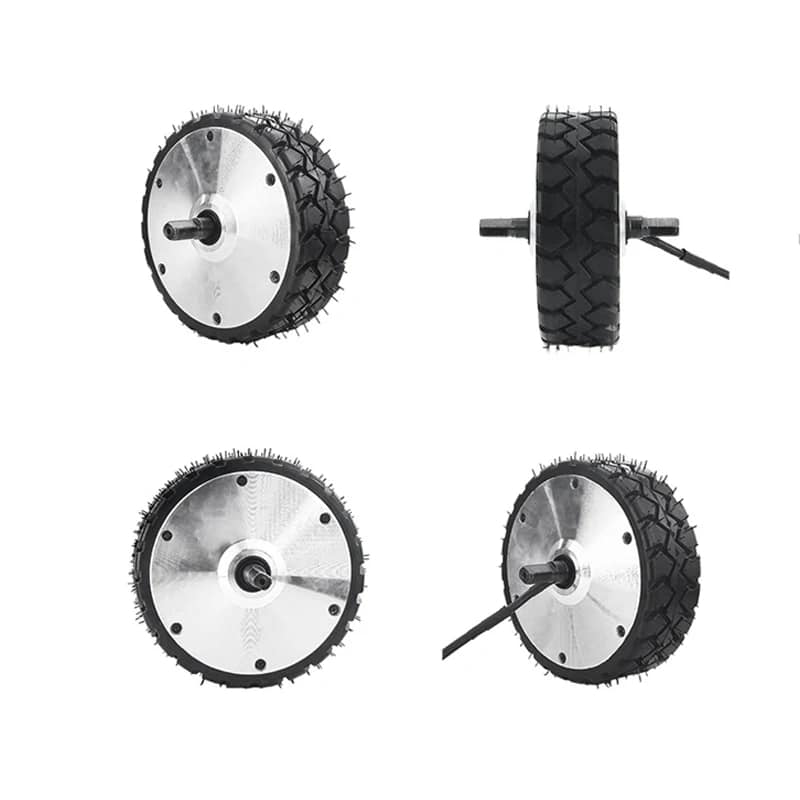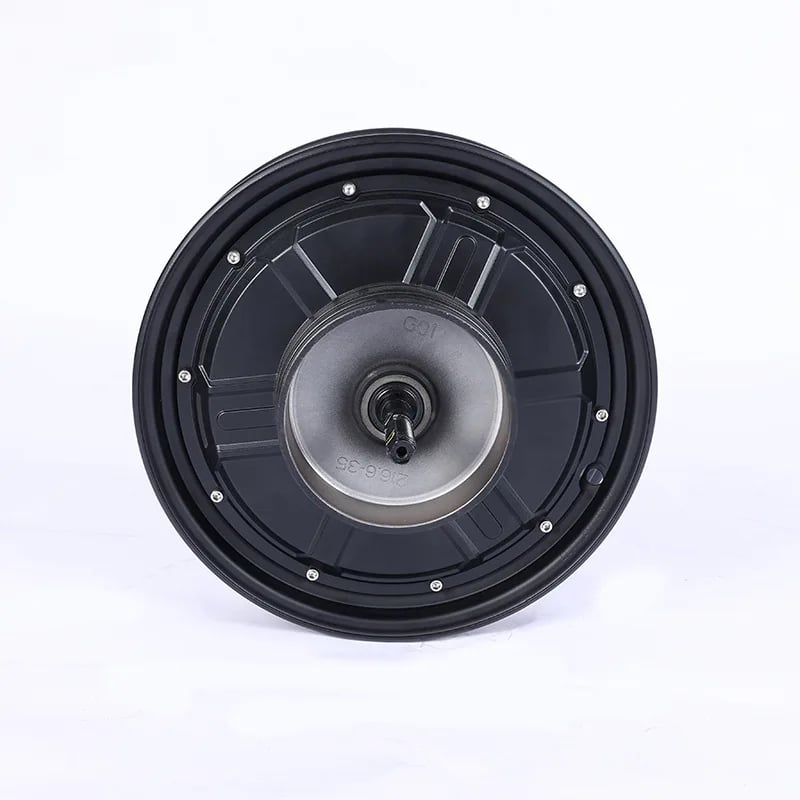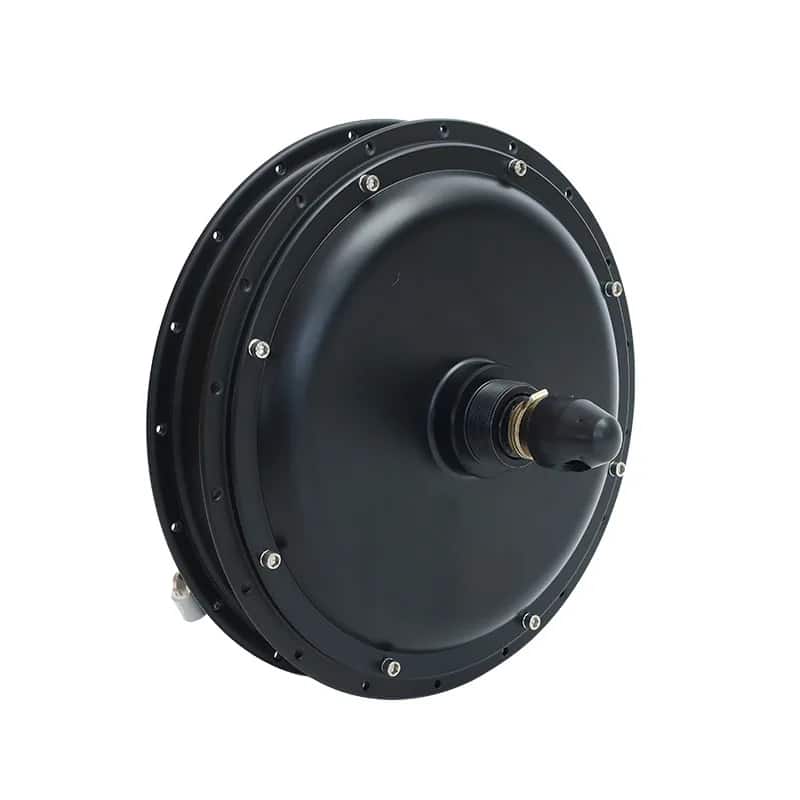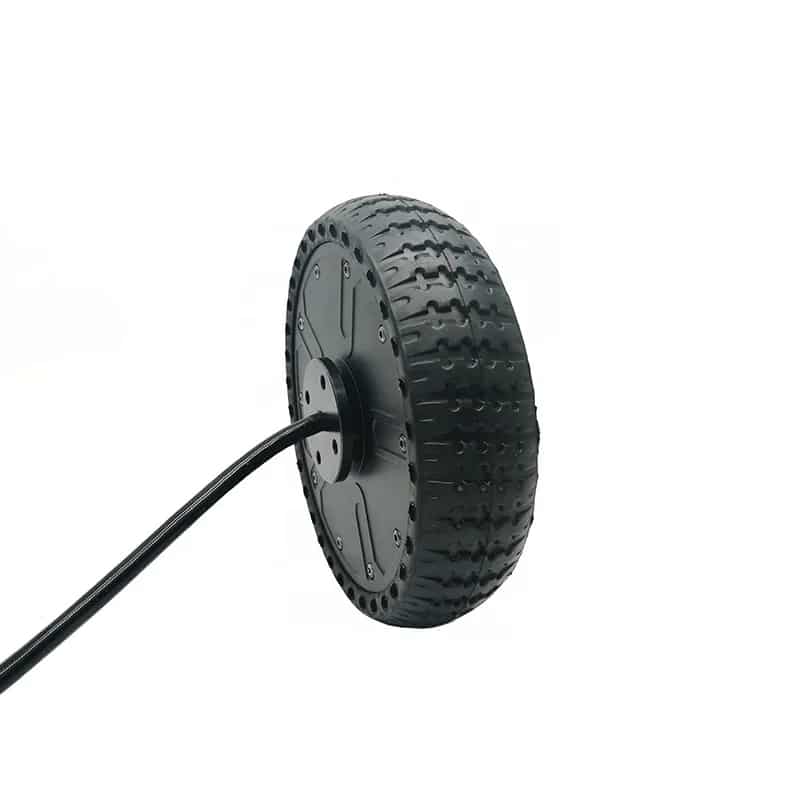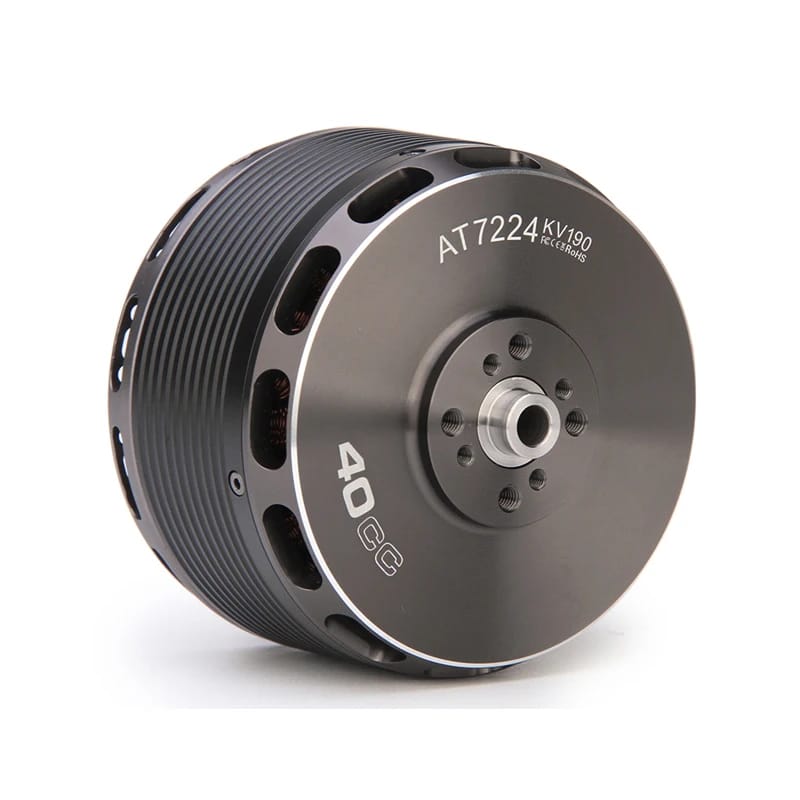DC servo motor controllers involve various gain adjustments to optimize performance. Faradyi Motors will break down these adjustments:
Position Feedforward Gain:
- Set the feedforward gain of the position loop.
- A higher set value indicates less position lag under any frequency command pulses.
- Higher feedforward gains enhance the high-speed response of the control system but may lead to instability and oscillations.
- Typically set to 0 when high response characteristics are not required (range: 0-100%).
Position Proportional Gain:
Adjust the proportional gain of the position loop controller.A higher set value results in greater stiffness and reduced position lag under the same frequency command pulses. However, excessively high values may cause oscillations or overshooting.The specific value depends on the DC servo motor system model and load conditions.
Velocity Integral Time Constant:
Set the integral time constant of the velocity controller.
A smaller set value indicates a faster integral speed. The parameter value is determined by the DC servo motor control system model and load conditions. Generally, for larger load inertia, a larger set value is chosen.
Choose a reasonably small value unless oscillations occur.
Velocity Proportional Gain:
Adjust the proportional gain of the velocity controller.
A higher set value results in greater stiffness. The parameter value depends on the specific DC servo motor control system model and load conditions. Typically, a larger set value is chosen for larger load inertia.
Choose a reasonably large value unless oscillations occur.
Velocity Feedback Filtering Factor:
Set the low-pass filter characteristics for velocity feedback.
A larger value corresponds to a lower cutoff frequency, reducing noise in the DC servo motor. If the load inertia is significant, consider decreasing the set value. However, excessively small values can slow down the velocity feedback response.
A smaller value corresponds to a higher cutoff frequency, providing a faster velocity feedback response. Decrease the set value if a higher velocity response is needed.
Maximum Output Torque Setting:
Set the internal torque limit for the DC servo motor.
The set value is a percentage of the rated torque.
The limit is always effective within the positioning completion range.
Position Control Method:
Set the positioning completion pulse range for the position control method.
The parameter offers a basis for the controller to judge if positioning is completed in the positioning control method. When the remaining pulse count in the position deviation counter is less than or equal to the set value, the DC servo motor controller considers the positioning completed.
Acceleration and Deceleration Time Constants:
Set the acceleration or deceleration time constant for reaching specific speeds.
The set value represents the time taken to accelerate or decelerate from 0 to 2000 r/min or vice versa.
Linear characteristics are achieved within the speed range.
This analysis covers the various gain adjustments in DC servo motor controllers, providing insights for a better understanding. For further discussions or inquiries, feel free to contact Faradyi Motors.

